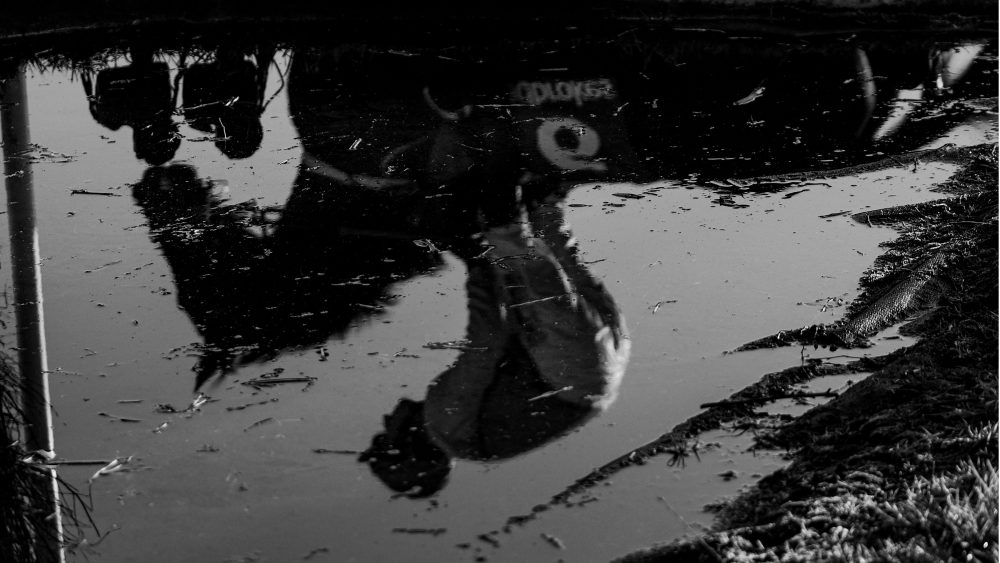What happens when we lose a fixture

Following recent abandonments and the action taken to replace some races and/or fixtures, BHA Head of Racing and Racecourse Paul Johnson clarifies the industry-agreed policy that guides the scheduling of additional opportunities in periods of poor weather.
There are two main situations where the BHA will add to the race programme at short notice.
The first is to meet the objective of avoiding blank sessions where no racing takes place, normally through the addition of an all-weather fixture. We aim to do so with 72 hours notice to ensure that connections have sufficient time to enter and declare for newly added races and make them competitive.
When doing this we rely on regular reviews of the forecast alongside discussions with racecourse Clerks and members of the BHA Racecourse Inspectorate team. Clearly the weather forecast is not always predictable and there have been instances where an additional fixture was unnecessarily staged on a day when another did unexpectedly manage to beat the weather and also instances where a blank day has occurred as conditions worsened.
We are acutely aware that additional AWT fixtures can impact on field sizes which are already under pressure, particularly at certain times of the year. It is for this reason that we invest a great deal of time in reviewing weather at this time of the year, adding an additional AWT which turns out not to be required is far from ideal.
The second and more common scenario is when we will add fixtures is in order to meet the specific requirements of certain sectors of the horse population. After every abandonment lost races are reviewed in order to establish the timeframe until the next equivalent opportunity exists. When there is a longer than ideal gap we look to add in either additional races at upcoming fixtures or, in cases where there are multiple gaps, add an extra fixture.
It is frequently the case that after losing fixtures the longer gaps exist either at the upper end of the programme where the opportunities are more spread or in niche areas such as the mares programme, as well as in regions where there are fewer fixtures.
It is worth noting that the addition of races and fixtures is not purely confined to during periods of abandonment. Trainers now have a forum facility available via the Racing Admin website to contact the BHA Racing Department if they are finding it difficult to place a horse in the existing programme. A small amount of budget is set aside to add in races in cases where a gap is identified in this way.
Another option that is open to us at times when we are suffering many abandonments is to stage Jumpers Bumpers, but the industry agreed position is for them to only be scheduled when there has been a significant loss of fixtures over an extended period. Otherwise we run the very real risk of simply taking runners away from the Jump fixtures taking place at around the same time.
In all cases it is necessary to find a way to make the staging of additional races and/or fixtures work commercially. We work with the Levy Board who will support such additions to the programme if there is clear benefit to the sport and it also often comes down to the willingness of racecourses and their sponsors to ensure that races can take place.
I hope that this will provide some insight into the thinking behind the addition (or otherwise) of races and fixtures. Should you have any further questions please feel free to contact the BHA Racing Department at [email protected]
